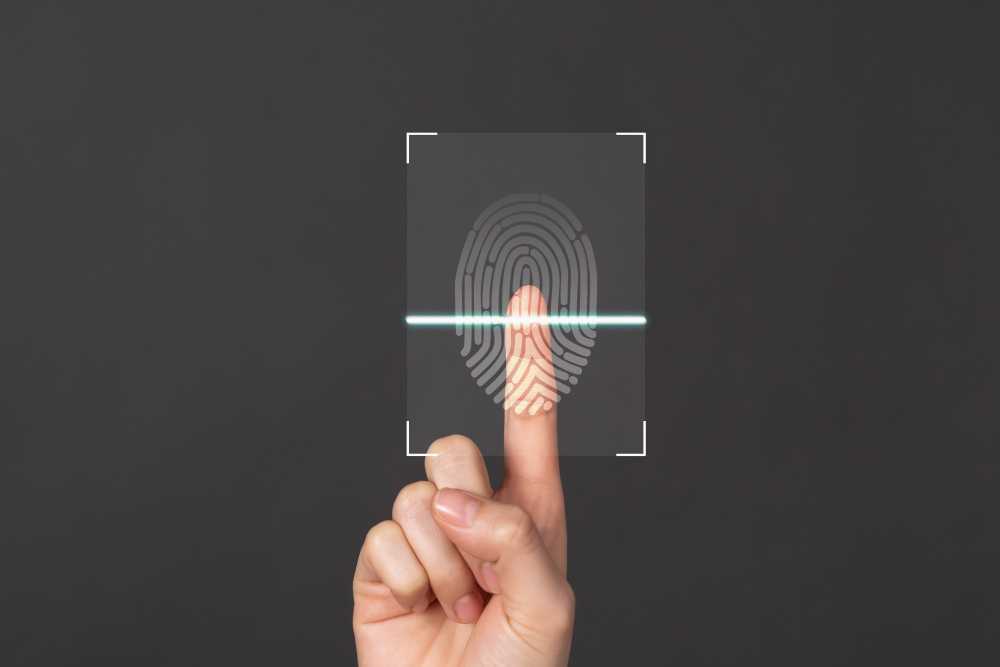
Biometrics is a way to verify a person’s identity using their physical attributes. This could include fingerprints or retinal blood vessel patterns, which cannot be altered or replaced. In 2014, the U.S. Office of Personnel Management suffered a major data breach, compromising the fingerprints of over 20 million people.
Voice recognition
Biometrics and voice recognition have the potential to make our workplaces safer and more convenient. In addition to verifying a person’s identity, voice biometrics also can help businesses make secure voice-based payments. Credit card companies, for example, can use voice biometrics to prevent fraud and authenticate callers. Unlike other authentication methods, voice biometrics do not require hardware.
Many businesses are seeking new ways to improve the efficiency of their workforce. By reducing the amount of work employees have to do, they can save money. And using voice recognition technology can help employers increase their productivity. Although voice technology has been around since the early days of home computing, it still requires extensive training. Today, however, the technology has expanded to a much wider range of applications.
Facial recognition
Facial recognition is a popular biometric technology used in many industries. It can be used for access control, employee-flow management, and security. Employers can also use facial recognition in the workplace to track employee attendance. It is a big step forward in technology and is likely to become more prevalent in the future.
While facial recognition technology can be helpful for criminal detection, it also carries with it a number of risks. For example, it may identify innocent individuals without consent. Facial recognition data is not error-free, and even a slight change in camera angle can cause it to misidentify someone. In the United States, Amazon’s facial recognition technology falsely identified 28 members of the US Congress.
Employers must be careful how they use biometrics and facial recognition in the workplace. There is much concern over the misuse of biometrics and facial recognition technology. Employers must be careful not to create an environment that can be ripe for abuse and harassment.
Optical scanners
Optical fingerprint scanners work by capturing the image of a person’s fingerprint. It is like placing your hand on a scanner that reads its shape. The device has an array of pixels that reacts to the light reflecting off your finger. This response causes proportional electrical signals which are then processed to create a digital imprint of your finger. Biometrics is not foolproof, however, and the best way to make sure that a biometric system is working is to pair it with a password.
Optical scanners can be a great option for businesses looking to implement biometrics as an authentication method. Employers can use fingerprint and iris scanners to verify employees and customers. These devices also work in hotels to verify guests. Often, hotel guests are scanned through the eye or hand, which allows the establishment to use biometrics to make sure that the guest is who they claim to be.
Mobile devices
Biometrics is a vital tool for workplace security. It helps to speed up the screening process by providing an extra layer of security. The technology is becoming increasingly affordable, and many organizations are feeling the pressure to adopt biometric practices. However, some companies are still wary of introducing biometrics into the workplace because of the costs.
Biometrics reduces the risk of data breaches and password reuse, which are a major concern in today’s digital age. This is especially relevant in the workplace, where workers may be using the same passwords across multiple applications. Biometrics can eliminate this problem by allowing workforces to use their fingerprints or other biological information as passcodes, which removes the need for keystrokes. Biometrics also helps mitigate the risk of malicious attacks on mobile devices.
Centralized biometric database
Biometric data can be stored in a database in a number of ways. One method involves storing biometric information in templates. Another method is comparing a new biometric sample against the database. This process uses the biometric data of a large number of individuals. However, this method does have a disadvantage. For example, if a data storage device is lost or stolen, the personal information of one individual could be compromised.
A centralized biometric database can be less expensive than using a portable token approach. However, the centralized biometric database can put the organization at risk of security breaches. For this reason, it is important to make sure that the biometric data is stored in a highly secured data center. This is especially important for organizations with a distributed workforce.